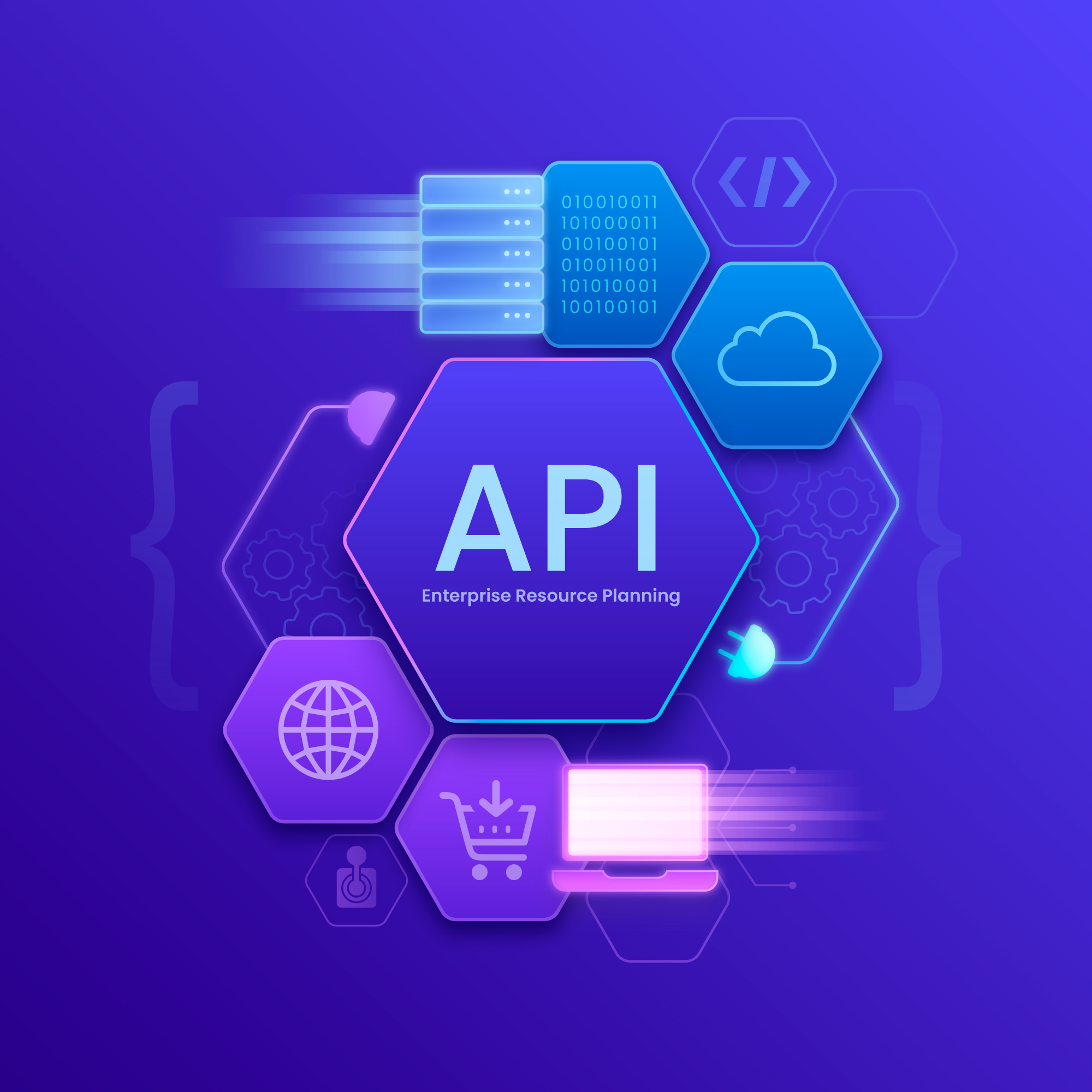
AI-Powered Integration Mapping: Myth or Reality?
In the fast-paced digital economy, businesses depend on seamless data flow between systems—CRMs, ERPs, e-commerce platforms, and more—to stay agile and competitive. This process, known as integration mapping, ensures that data from one system aligns with another, like translating languages between global partners. However, traditional integration mapping is often a slow, error-prone task, costing businesses dearly. A 2023 IDC report estimates that manual integration processes consume 30-40% of IT budgets in large enterprises. Enter AI-powered integration mapping, touted as a revolutionary solution to automate and optimize this critical function. But is it a game-changer or just another overhyped tech trend?
We’ve spent years solving integration challenges for organizations worldwide. In this article, we’ll explore the feasibility, technical underpinnings, real-world applications, challenges, and future potential of AI-powered integration mapping. Whether you’re a business leader, IT professional, or integration specialist, we’ll provide actionable insights to help you understand if AI can truly transform integration mapping—or if it’s just a myth.
Understanding Integration Mapping
Integration mapping is the backbone of connected systems, defining how data fields in one application correspond to those in another. Picture it as a digital translator, ensuring “Customer_Name” in a CRM matches “Client_ID” in an ERP. This process enables smooth data exchange, powering everything from real-time inventory updates to customer analytics.
Why Integration Mapping Matters
- Unified Data: Enables real-time synchronization across platforms, like syncing orders between Shopify and NetSuite.
- Efficiency Gains: Eliminates manual data entry, reducing errors and saving time.
- Business Growth: Supports scalability by integrating new systems as companies expand.
The Pain Points of Traditional Mapping
Traditional integration mapping is riddled with challenges:
- Time-Intensive: Manually mapping fields across complex systems like SAP or Salesforce can take weeks.
- Schema Mismatches: Inconsistent data formats (e.g., MM/DD/YYYY vs. DD-MM-YYYY) lead to errors.
- Data Silos: Disconnected systems hinder insights, impacting decision-making.
- Scalability Limits: Adding new systems increases mapping complexity exponentially.
A 2023 IDC study found that 70% of enterprises struggle with integration complexity, leading to costly delays and inefficiencies. For businesses looking to overcome these hurdles, Sama Integrations’ consulting services offer expert guidance to streamline integration strategies and optimize workflows.
Ready to Experience AI-Powered Integration Mapping?
AI-driven integration mapping is no longer a myth—it’s the future of seamless connectivity. At Sama Integrations, we help enterprises harness AI to accelerate data integration, reduce manual effort, and unlock smarter workflows. Let’s explore how AI-powered solutions can transform your integration journey.
The Role of AI in Integration Mapping
AI-powered integration mapping harnesses machine learning (ML), natural language processing (NLP), and graph algorithms to automate and enhance the mapping process. Think of AI as a digital cartographer, charting the complex terrain of your data landscape with speed and precision. Here’s how it transforms integration:
How AI Powers Integration Mapping
Schema Discovery:
- AI uses pattern recognition to analyze data structures across systems.
- Example: ML algorithms scan a database to identify field types (e.g., text, numeric) without manual input.
- Tools like MuleSoft and Informatica leverage AI for real-time schema detection.
Semantic Matching:
- NLP interprets field names’ meanings, matching “Customer_Name” to “Client_ID” based on context.
- This reduces errors from naming inconsistencies, as AI understands synonyms and relationships.
Predictive Mapping:
- ML models learn from historical mapping data to suggest future mappings.
- Example: If “Order_Date” consistently maps to “Purchase_Date,” AI predicts this pairing for new integrations.
Graph Algorithms:
- Graph-based AI models relationships between data entities, creating a “map” of connections.
- This excels in complex integrations involving multiple systems.
A Practical Example
Imagine a retail company integrating Salesforce (CRM) with SAP (ERP). Traditionally, mapping customer data fields could take weeks of manual effort. An AI-powered tool, developed through Sama Integrations’ custom development services, scans both systems, uses NLP to identify matching fields, and suggests mappings in hours. If historical data shows “Customer_ID” in Salesforce aligns with “Client_Code” in SAP, the AI predicts and validates this mapping, slashing setup time by up to 60%.
Benefits of AI in Mapping
- Speed: Reduces mapping time from days to hours.
- Accuracy: Semantic matching minimizes human errors.
- Scalability: Adapts to new systems without starting from scratch.
For businesses seeking tailored AI-driven solutions, Sama Integrations’ custom development services can build bespoke tools to automate and optimize your integration workflows.
Real-World Applications and Case Studies
AI-powered integration mapping is already delivering measurable results across industries. Here, we explore real-world applications and case studies that highlight its transformative potential.
Case Study 1: Retail Supply Chain Optimization
A global retailer struggled with delays syncing e-commerce orders with its inventory system, causing stockouts and oversells. Using an AI-powered integration platform, the company automated mappings between Shopify and NetSuite. The AI identified field relationships (e.g., “Product_SKU” to “Item_Code”) and reduced sync time from 24 hours to under an hour. The result? A 50% reduction in order processing errors and a 20% boost in customer satisfaction.
Case Study 2: Healthcare Interoperability
A hospital network faced challenges integrating patient data across its EHR (Epic) and billing systems, leading to delays in claims processing. An AI-driven solution used NLP and predictive mapping to align fields like “Patient_ID” and “Medical_Record_Number” with 95% accuracy. A 2024 Deloitte study found that AI-driven integration reduced error rates by 35% in financial services, and similar gains were achieved here, saving the hospital $2 million annually.
Key Industries Benefiting
- Healthcare: AI maps patient records across systems, ensuring seamless interoperability.
- Finance: Automates transaction reconciliation between banking and accounting platforms.
- Retail: Syncs supply chain data for real-time inventory updates.
To maintain these integrations long-term, Sama Integrations’ managed integration services provide ongoing support, ensuring your AI-driven workflows remain seamless and efficient.
Supporting Data
- A 2025 Gartner report predicts 60% of enterprises will adopt AI-driven integration by 2027, citing efficiency gains.
- A 2024 Deloitte study noted AI reduced integration costs by 30% in retail and healthcare.
These examples prove that AI-powered integration mapping is a reality delivering tangible benefits across diverse sectors.
Ready to Experience AI-Powered Integration Mapping?
AI-driven integration mapping is no longer a myth—it’s the future of seamless connectivity. At Sama Integrations, we help enterprises harness AI to accelerate data integration, reduce manual effort, and unlock smarter workflows. Let’s explore how AI-powered solutions can transform your integration journey.
Challenges and Limitations
While AI-powered integration mapping offers immense potential, it’s not without challenges. A balanced perspective is crucial to understanding its limitations and ensuring successful adoption.
Technical Challenges
Data Quality Issues:
- AI relies on clean, consistent data. Incomplete or erroneous data (e.g., missing fields) can lead to inaccurate mappings.
- Solution: Implement data cleansing tools before applying AI.
Legacy System Complexity:
- Older systems like SAP R/3 use proprietary formats, which AI struggles to interpret without customization.
- Solution: Use middleware or custom adapters, available through Sama Integrations’ custom development services.
Training Data Requirements:
- ML models need extensive historical data to predict mappings accurately.
- Solution: Start with smaller datasets and scale as the AI learns.
Organizational Challenges
- Implementation Costs: AI tools require upfront investment in software and skilled teams.
- Change Management: Employees may resist AI-driven processes, fearing job displacement.
- Skill Gaps: Building and maintaining AI models demands expertise in ML and integration.
Managing Expectations
A 2024 Gartner report warns that 30% of generative AI projects, including integration mapping, may be abandoned post-proof-of-concept due to poor data quality or unclear ROI. This highlights the need for realistic expectations—AI augments, but doesn’t eliminate, human oversight. For businesses facing these challenges, Sama Integrations’ support and troubleshooting services offer expert assistance to resolve issues and ensure successful AI adoption.
Myth vs. Reality: Debunking Misconceptions
To answer the central question—Is AI-powered integration mapping a myth or reality?—let’s debunk common misconceptions and clarify what AI can achieve.
Myth 1: AI Fully Automates Integration Mapping
Reality: AI accelerates mapping but requires human validation. For instance, AI can suggest 90% of field mappings, but edge cases (e.g., ambiguous field names) need human review to ensure accuracy. This hybrid approach balances efficiency and reliability.
Myth 2: AI-Powered Mapping Is Plug-and-Play
Reality: AI tools require customization to fit specific systems and use cases. A 2025 Forrester report notes that 75% of firms attempting advanced AI architectures independently fail due to complexity. Sama Integrations’ custom development services provide tailored solutions to overcome this hurdle.
Myth 3: AI Is Only for Large Enterprises
Reality: Small and medium businesses can leverage scalable AI tools. Cloud-based platforms like MuleSoft offer affordable AI-driven mapping, and Sama Integrations’ consulting services help SMBs implement cost-effective solutions tailored to their needs.
Myth 4: AI Eliminates Integration Errors
Reality: While AI reduces errors (e.g., 35% reduction per Deloitte’s 2024 study), it’s not infallible. Data quality and system compatibility issues can still cause mismatches, requiring ongoing monitoring.
These clarifications show that AI-powered integration mapping is a powerful, practical tool when implemented with expertise and realistic expectations.
Ready to Experience AI-Powered Integration Mapping?
AI-driven integration mapping is no longer a myth—it’s the future of seamless connectivity. At Sama Integrations, we help enterprises harness AI to accelerate data integration, reduce manual effort, and unlock smarter workflows. Let’s explore how AI-powered solutions can transform your integration journey.
Future of AI-Powered Integration Mapping
The future of AI-powered integration mapping is poised to redefine how businesses connect systems, with emerging trends driving innovation:
Emerging Trends
Generative AI for Dynamic Mapping:
- Generative AI could create mappings on-the-fly based on natural language inputs (e.g., “Map customer data from HubSpot to Oracle”).
- A 2025 Gartner report predicts 15% of work decisions will use agentic AI by 2028, up from 0% in 2024.
Self-Healing Integrations:
- AI could detect and fix mapping errors in real time, minimizing downtime.
- Example: If a field name changes, AI automatically re-maps it.
Low-Code Platforms:
- Platforms integrating AI with low-code interfaces make mapping accessible to non-technical users.
- IDC forecasts 35% of organizations will use AI-driven digital workers by late 2025.
Long-Term Impact
- Faster Time-to-Market: AI-driven mapping cuts integration time, enabling quicker product launches.
- Cost Savings: Automation reduces IT labor costs by up to 40%, per industry estimates.
- Digital Transformation: Seamless integrations fuel data-driven decision-making, a cornerstone of modern enterprises.
To prepare for this future, businesses can partner with Sama Integrations to build innovative, AI-powered integration solutions that stay ahead of the curve.
Conclusion and Call to Action
AI-powered integration mapping is no myth—it’s a reality revolutionizing how businesses connect systems, streamline operations, and unlock growth. By automating schema discovery, semantic matching, and predictive mapping, AI delivers unmatched speed, accuracy, and scalability. However, success hinges on addressing challenges like data quality, legacy systems, and skill gaps with expert guidance.
We’re dedicated to helping businesses harness the power of AI-driven integration. Whether you’re syncing e-commerce platforms or integrating complex ERPs, our consulting services and managed integration services provide tailored solutions to fit your needs. Facing integration challenges? Our support and troubleshooting services ensure seamless AI adoption. Contact us today for a consultation and take the first step toward a connected, efficient future.
Written by Jane Doe, a seasoned integration specialist at Sama Integrations with over 15 years of experience in enterprise solutions.




